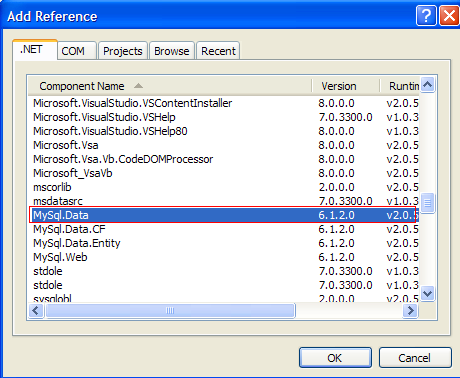Auto - increment allows a unique number to be generated automatically when a new record is inserted into a table. Often this is the primary key field that we would like to be created automatically every time a new record is inserted. Learn how to define an auto increment primary key in SQL Server. This data tutorial will explain basic table creation and information around using identity a. By default the Auto increment value is starting from and it will increment by record-wise.
Real Example : There are so many situations where user needs to use the incremental sequence. User can create incremental sequence using SQL Auto Increment statement. Summary: in this tutorial, you will learn how to use the SQL auto increment to define a column whose values are sequential integers which are automatically generated. When designing a table , we often use the surrogate primary key whose values are sequential integers generated automatically by the database system. This primary key column is known as an identity or auto increment column.
Identity is used to make a column Auto Increment. To create a table with Primary Key autoincrement you need to use identity function like in the below example. Create Table with Primary Key autoincrement. Updating an existing AUTO _ INCREMENT column value in an InnoDB table does not reset the AUTO _ INCREMENT sequence as it does for MyISAM and NDB tables.
You can retrieve the most recent automatically generated AUTO _ INCREMENT value with the LAST_INSERT_ID() SQL function or the mysql_insert_id() C API function. How do I add a auto_increment primary key in SQL. How to create id with AUTO_INCREMENT on.
APPLIES TO: SQL Server Azure SQL Database Azure SQL Data Warehouse Parallel Data Warehouse Creates an identity column in a table. This property is used with the CREATE TABLE and ALTER TABLE Transact- SQL statements. AUTO INCREMENT fields are used for auto generating values for particular column whenever new row is being inserted.
Do you like to add a new column like an i that auto increments itself for every row that is inserted to the table ? In this MySQL Tutorial, we shall create a new column that is PRIMARY KEY with AUTO _ INCREMENT column modifier. To add a new column to MySQL, following is the syntax of the SQL Query: Example to add new column that auto increments and act as PRIMARY KEY For this example, let us. The closest it gets, in version 12c, is to support the use of an Oracle sequence to provide values for an IDENTITY column. These are similar to AUTO _ INCREMENT property supported by some other databases.
So, in conclusion, the way you create use AUTO _ INCREMENT in Oracle SQL depends on your Oracle version. For 11g and earlier, you create a sequence, create a BEFORE INSERT trigger, and call the NEXTVAL value of the sequence within the trigger. For 12c, you can specify a column as IDENTITY when you create your table.

This is generally treated as primary key and used to select, update, and delete records into the database table. To specify an auto - increment column in the database table , the column name must be of Integer type (Int, BigInt etc.). We can create Auto increment columns in oracle by using IDENTITY columns in Oracle 12c. One viable option to prevent the data loss associated with the previous approach is to recreate the table with the identity column and load the data into it. The steps followed in this approach are given below.
For MyISAM tables, you can specify AUTO _ INCREMENT on a secondary column in a multiple-column index. This is useful when you want to put data into ordered groups. Question: Is it possible to add an auto incremental identity column to any table in SQL Server after creating a table.
Answer: There are two – No and Yes. Answer No – If you have an integer column in your table and you want to convert that column to identity table. It is not possible with the help of SQL Server.
Brak komentarzy:
Prześlij komentarz
Uwaga: tylko uczestnik tego bloga może przesyłać komentarze.